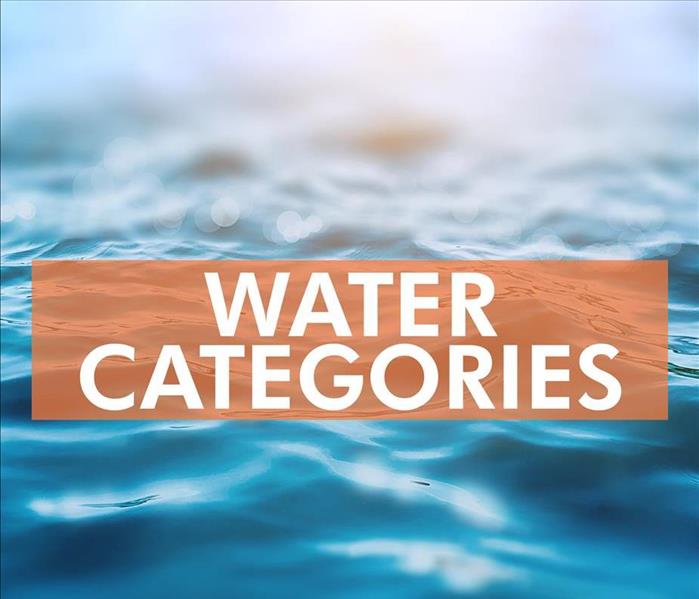What To Know About Storm Water Damage Cleanup
6/14/2022 (Permalink)
What You Should Know About Storm Water Cleanup
Homeowners know that they’re responsible for taking care of property needs, including repairs and cleanups. This includes damage due to water, which can range from an overflowing sink to flooding from a storm event. If you ever experience this type of damage in your home in Shoreline, WA, you should contact a provider of damage restoration services for cleanup and full repair. That said, not every type of damage is the same, especially when it comes to cleaning.
Understanding Water Damage Categories
There are three categories of damage due to water:
- Category 1: Also known as clean water, this includes damage from a broken pipe or overflowing water without contaminants.
- Category 2: Sometimes called grey water, this category refers to damage from water that contains contaminants, such as discharge from a dishwasher or washing machine.
- Category 3: Damage in this category comes from flooding, rising groundwater, sewage backup, or seawater. Also known as black water, category 3 water is the most severe, containing unsanitary agents.
Water in categories 1 and 2 can become categories 2 and 3 respectively if left unattended.
Cleaning Up Damage
Cleanup should be handled by a professional, especially flood damage, which often involves unsanitary agents, pathogens, and toxins. It’s important that the actual destruction be correctly assessed and the proper remediation techniques are employed. This includes disinfection, advanced cleaning, removal of items, drying methods, and ventilation. What might look like a certain level of damage to you may be worse after professional evaluation.
While you never hope to have flooding in your home in Shoreline, WA it’s important to recognize the gravity of the situation. No two situations are the same, so it’s crucial to hire a pro to make a professional assessment. They’ll understand the key differences between the types of water damage and how to restore your place to pre-damage conditions as quickly and as efficiently as possible.






 24/7 Emergency Service
24/7 Emergency Service
